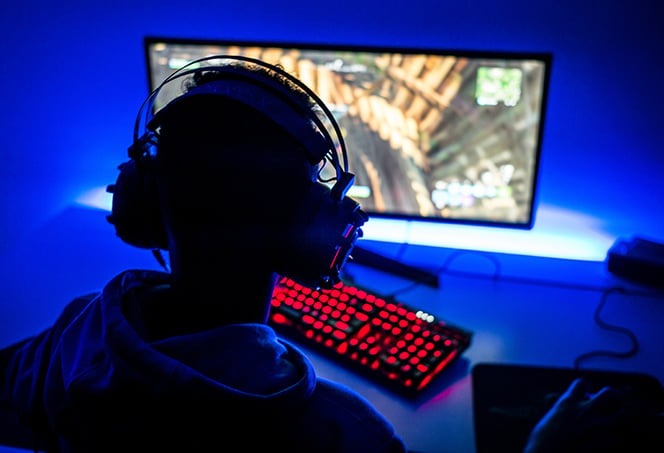How To Optimize Your Gaming PC for Maximum Performance in 2024
Sunday, September 08, 2024How To Optimize Your Gaming PC for Maximum Performance in 2024

Here are some tips to help you optimize your gaming performance:
System Settings
- Enable Game Mode: Windows has a built-in Game Mode that prioritizes system resources for gaming. You can enable it in the Settings under Gaming.
- Adjust Power Settings: Set your power plan to High Performance to ensure your PC is using its full potential.
- Update Drivers: Keep your graphics card drivers up to date. Manufacturers like NVIDIA and AMD regularly release updates that can improve performance.
Hardware Upgrades
- Use an SSD: Installing your games on a Solid State Drive (SSD) can drastically reduce loading times and improve overall performance.
- Upgrade RAM: More RAM can help your system handle more tasks simultaneously, reducing lag and improving game performance.
In-Game Settings
- Lower Graphics Settings: If you’re experiencing lag, try lowering the graphics settings in your game. Reducing the resolution, shadows, and texture quality can significantly boost performance.
- Adjust Refresh Rate: Ensure your monitor’s refresh rate is set to the highest possible setting for smoother gameplay.
System Maintenance
- Clean Up Disk Space: Regularly delete temporary files and use disk cleanup tools to free up space.
- Disable Background Apps: Close unnecessary background applications to free up system resources.
Network Optimization
- Use Ethernet: For online gaming, a wired Ethernet connection is more stable and faster than Wi-Fi.
- Optimize Router Settings: Ensure your router is optimized for gaming by enabling Quality of Service (QoS) settings to prioritize gaming traffic.
Additional Tips
- Disable Windows Notifications: Turn off notifications to avoid interruptions during gameplay.
- Turn Off Enhanced Pointer Precision: This setting can interfere with mouse accuracy. You can disable it in the mouse settings.
Implementing these tips can help you get the most out of your gaming setup.

Overclocking can be a great way to squeeze extra performance out of your PC, but it comes with its own set of pros and cons. Here’s a breakdown to help you decide if it’s worth it for your gaming setup:
Benefits of Overclocking
- Increased Performance: Overclocking your CPU, GPU, or RAM can lead to noticeable improvements in frame rates and overall system responsiveness. This can be particularly beneficial for demanding games and applications.
- Cost-Effective: Instead of upgrading to new hardware, overclocking allows you to get more out of your existing components, potentially saving you money.
- Customization: Overclocking gives you more control over your system’s performance, allowing you to fine-tune settings to match your specific needs.
Drawbacks of Overclocking
- Heat and Cooling Requirements: Overclocking increases the power consumption and heat output of your components. This means you’ll need a robust cooling solution to prevent overheating, which can add to the cost and complexity.
- Stability Issues: Pushing your hardware beyond its rated specifications can lead to system instability, crashes, and even hardware damage if not done correctly.
- Reduced Lifespan: Running components at higher voltages and frequencies can shorten their lifespan due to increased wear and tear.
Is It Worth It?
- For Enthusiasts: If you enjoy tinkering with your PC and are comfortable with the risks, overclocking can be a rewarding hobby that provides tangible performance gains.
- For Casual Gamers: If you prefer a hassle-free gaming experience, the potential risks and maintenance involved in overclocking might outweigh the benefits.
Tips for Safe Overclocking
- Research: Make sure to read guides and watch tutorials specific to your hardware. Communities like Reddit and forums can be invaluable resources.
- Monitor Temperatures: Use software like MSI Afterburner or HWMonitor to keep an eye on your system’s temperatures and ensure they stay within safe limits.
- Incremental Changes: Increase clock speeds and voltages gradually, testing for stability at each step to avoid pushing your hardware too far.
